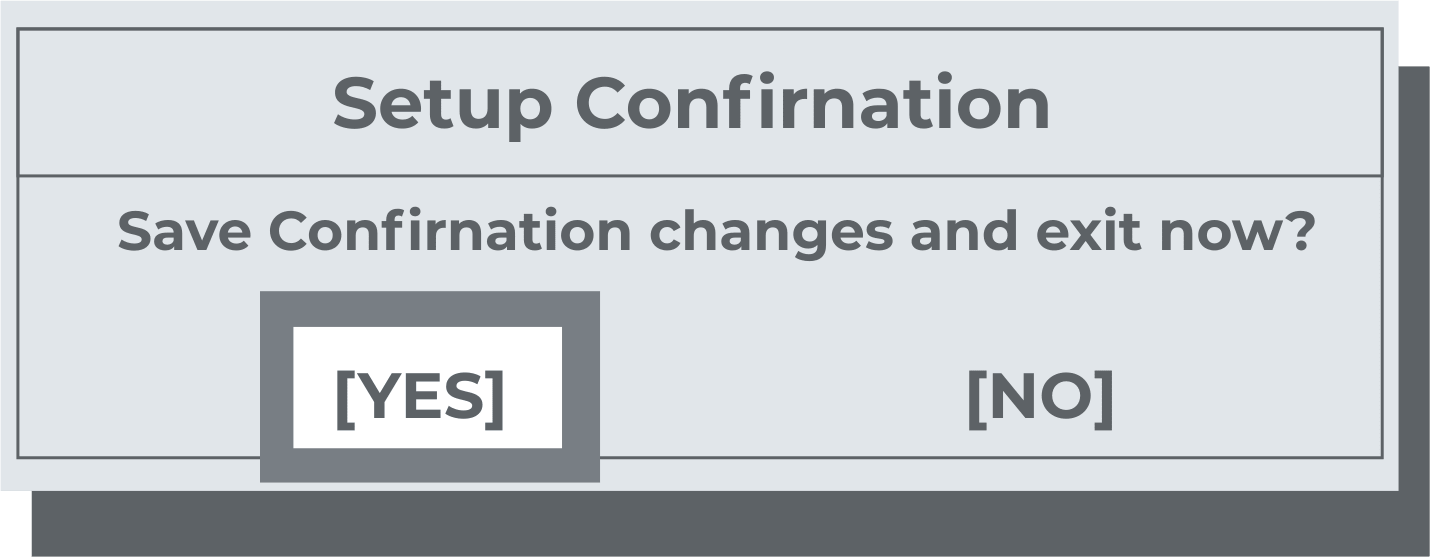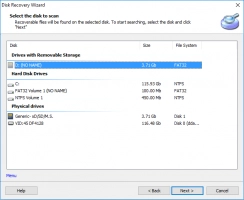How to reset BIOS: 3 methods
In this article you will find out:
- main purpose of BIOS restarting
- three ways to reset BIOS
- how to protect your data
Are you ready? Let's read!
A computer BIOS is an integral part of a computer that allows you to manage various components of a modern computer, providing a correct and consistent way to start devices. The job of the BIOS is as follows: as soon as you press the Power button, the BIOS starts testing and activating whatever it needs to run. If the test is successful, it sends a signal to your operating system to activate. Further, the processor monitors the operation of the computer.

Today, you can find BIOS and UEFI, but they are often used interchangeably. The purpose of BIOS and UEFI is the same, but they differ in how they achieve the desired effect.
To reset the BIOS or UEFI settings of your computer, you can use one of three methods:
- Internal reset from the BIOS menu of your device;
- Need to remove the jumper on the motherboard;
- Reset by removing / replacing the CMOS battery.
Main purpose of BIOS restarting
In principle, problems with the BIOS are rare. A BIOS reset is most often needed to diagnose hardware problems, and also to reset the BIOS password when a boot problem occurs. As a result, you have the last saved BIOS configuration. Alternatively, you can reset the BIOS to recover your system after making other changes. This procedure is not complicated, and an ordinary user can cope with it, but you also need to approach this issue wisely.
Three ways to reset BIOS
Reset from BIOS or UEFI
This method is the most secure; therefore, it is most often preferred by users.
So, start restarting your computer and hold down the Shift key.
You will be taken to a blue screen with advanced troubleshooting options.
In the options, select Troubleshoot and click Advanced options. Next, select "UEFI Firmware Settings". Now, click on the "Restart" option. After rebooting, you will automatically be taken to the setup menu, where you should find the default reset button. Click on the "Load defaults" option and select yes. Now, the default settings should be restored. Exit this window and start the system as usual.
Replace the CMOS battery
When you remove and replace the CMOS battery, reset your BIOS by default.
So, completely power off your PC and disconnect all connections (check the ground connection to avoid damaging the computer).
Open the system unit, find the motherboard, and reset the CMOS. Before that, it is rational to study your specific motherboard model and its characteristics. Next, remove the battery (wait a few minutes) and reconnect the battery to the motherboard. If you want, you can replace it with a new one, or simply re-insert the old one. Naturally, all this should not be done in a hurry, but consistently and extremely carefully.
Clear motherboard jumper
This method is most often used on desktop PCs and requires the utmost care and attention. Therefore, in the beginning, you need to study the manual (it is better to watch the video manual) of the user and make sure that you can correctly identify the motherboard jumper. Then you need to access the motherboard (all safety procedures are described in the paragraph “Replace CMOS battery”, do not neglect them).
Once you have access to the motherboard, locate the jumper as written in your manual (often next to the CMOS battery or along the small plastic pin with the appropriate tongue) and remove it.
The most proven data recovery method is DiskInternals Partition Recovery software
Besides, after the data is restored and in a safe place, you can use even the most extreme CMOS reset methods.
DiskInternals Partition Recovery has an excellent reputation for recovering data from any removable media and hard drives after deleting information, formatting a disk, system errors, file system corruption, etc.
The amount of data you can recover reaches 1 PB, and the file format for recovery can be any. This software has a powerful built-in Recovery Wizard that allows you to recover data for professionals and ordinary PC users. The good news is that there is a free trial version of the utility that will show you how the application works from the inside and give you the opportunity to use the Preview function to ensure that the files are restored correctly and well. As you can see, there are no risks with DI Partition Recovery. Everything is extremely simple and clear. The purchase of a license will be required only for exporting files. You can also use the option of creating a disk image at no cost, so you can save the successful system configuration with all the data elsewhere and try to reset the BIOS in any way without fear of damaging the data.


Feel free to download the application and use all its unrivaled options and capabilities, even at no cost!


